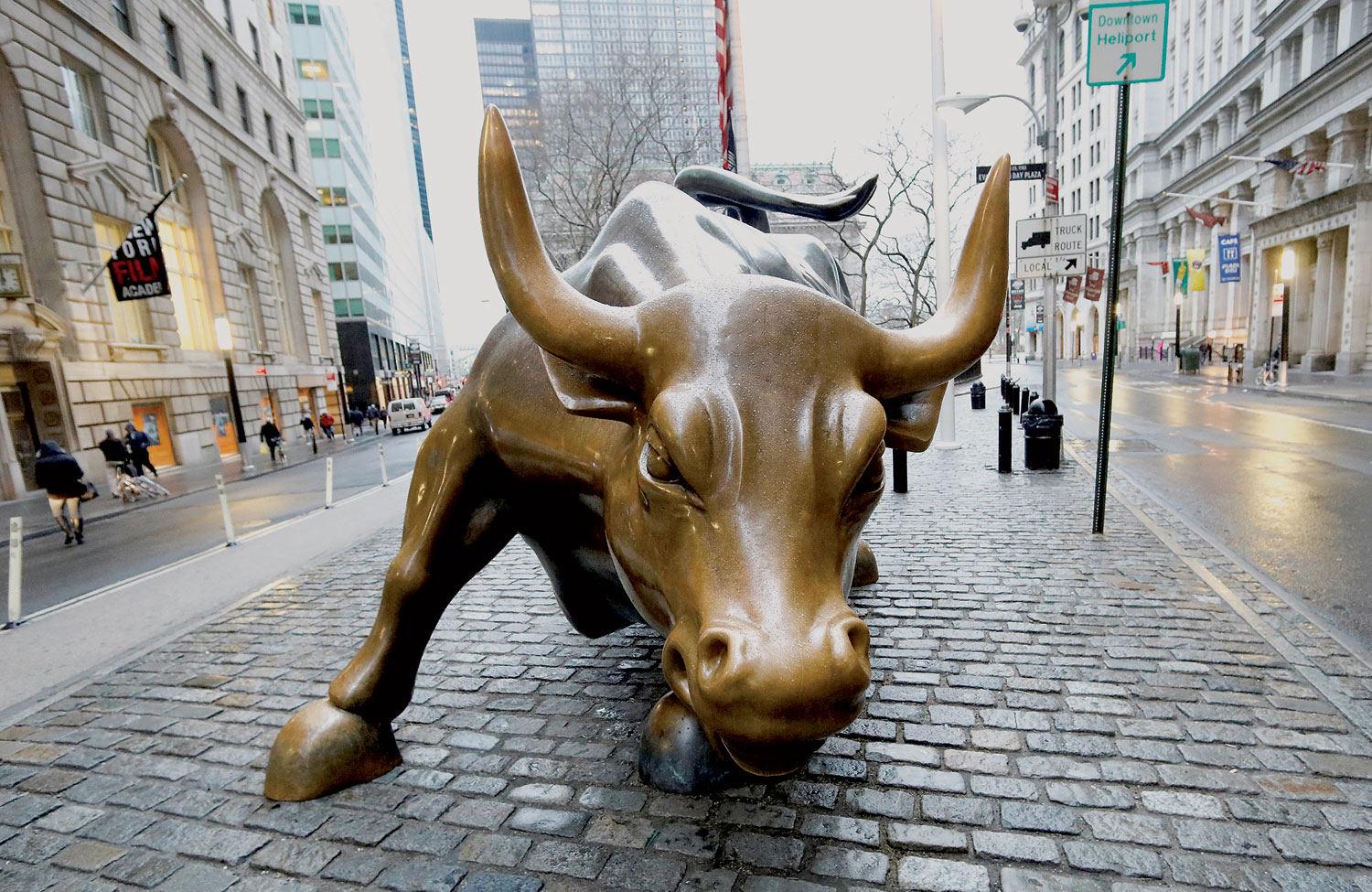

NEW YORK: A savvy investor who managed to time the start of Wall Street’s bull market a decade ago — and hold on since then — would now be sitting on a handsome windfall. Born in the ashes of the financial crisis, Wall Street’s oldest-ever bull market turns 10 years old on Saturday, with the S&P 500 tripling in value and amply rewarding investors who have owned funds tracking the index for that period.
The S&P 500’s post-crisis low close was 676.53 points on March 9, 2009. During the previous session on March 6, it touched an intra-day low of 666.79, which came to be know as the “devil’s low.” On Friday, the benchmark index closed at 2,743.07, down 2 per cent for the week.
Extraordinary efforts by the US Federal Reserve to foster an economic recovery from the financial crisis through asset purchases and rock-bottom interest rates have provided essential support for the market during its bull run. Sweeping corporate tax cuts passed by President Donald Trump fuelled market gains for much of 2018, before a steep sell-off starting in September that raised fears the bull run was coming to the end.
Investors who bought and kept shares in cosmetics retailer Ulta Beauty on March 9, 2009, would have seen their investment gain nearly 7,000 per cent during that time, more than any other stock on the S&P 500. Netflix is the second biggest performer over the past decade, up over 6,000 per cent.
At the other extreme, telecommunications company CenturyLink has slumped almost 50 per cent since the start of the bull run, more than any other stock still in the S&P 500.
The S&P 500 has turned in a handsome annualized return of 15 per cent during the bull market, with the consumer discretionary and information technology indexes each up about 20 per cent annually.
But timing is everything. An investor who bought the S&P 500 a year before the bull market began would have had to weather steep losses, trimming the S&P 500’s annualized return since then to 7 per cent and narrowing the consumer discretionary and information technology sectors’ annualized gains to 12 per cent.
With analysts slashing estimates for US banks, the S&P 500 traded at a low-point of 10.6 times expected earnings in December 2008, before Wall Street’s bear market ended and turned the corner. It is now trading at 16.5 times expected earnings, according to Refinitiv. — Reuters
Oman Observer is now on the WhatsApp channel. Click here



